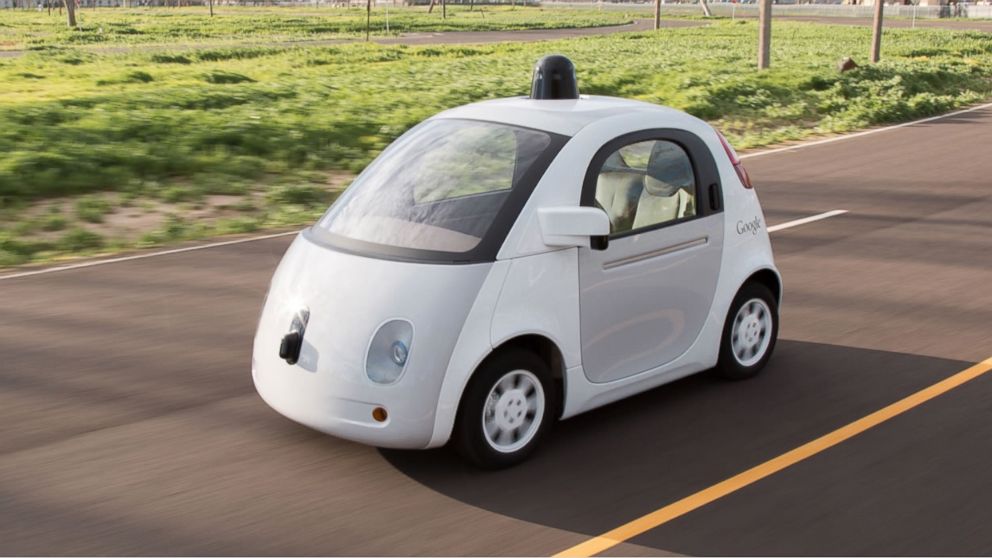Google's Self-Driving Cars Just Got Better at Sharing the Road With Cyclists
Using machine learning, Google's cars keep getting smarter.

— -- Google's monthly report card for its fleet of self-driving cars revealed the vehicles have been learning to interpret hand signals from bicyclists, making it easier and safer for cyclists and cars to share the road.
Using machine learning, Google had its software observe cyclists on the roads and on a private test track to recognize some common riding behaviors that will help the autonomous vehicle better predict a cyclist's next move.
"Our sensors can detect a cyclist's hand signals as an indication of an intention to make a turn or shift over," Google's June report said. "Cyclists often make hand signals far in advance of a turn, and our software is designed to remember previous signals from a rider so it can better anticipate a rider's turn down the road."
Unicyclists who find themselves sharing the road with a Google car will be heartened to know the self-driving vehicles are also smart enough to recognize the different variations of cycles.
"We also aim to give cyclists ample buffer room when we pass, and our cars won’t squeeze by when cyclists take the center of the lane, even if there’s technically enough space," the report said. "Whether the road is too narrow or they’re making a turn, we respect this indication that cyclists want to claim their lane."
More than 720 cyclists were killed on American roads in 2014, while more than 50,000 were injured, according to the NHTSA.
Aside from detailing the new skill, Google also reported two minor accidents its self-driving fleet was involved in last month while riding around Austin, Texas.
In the first incident, Google's car sustained a small scrape on its right fender after another vehicle crossed into its lane. Another Google car was stopped at a red light when a car behind it rolled forward and rear-ended Google's car at a speed of 3 mph, leaving a minor scrape on the rear bumper.